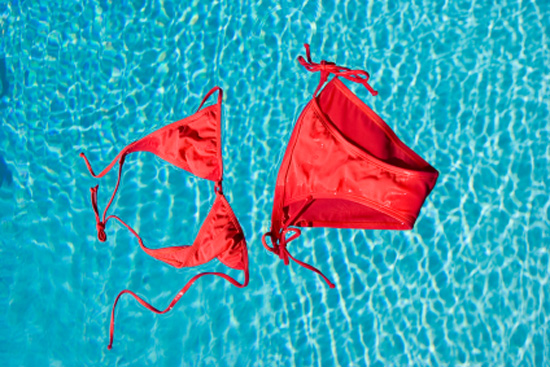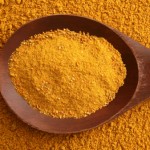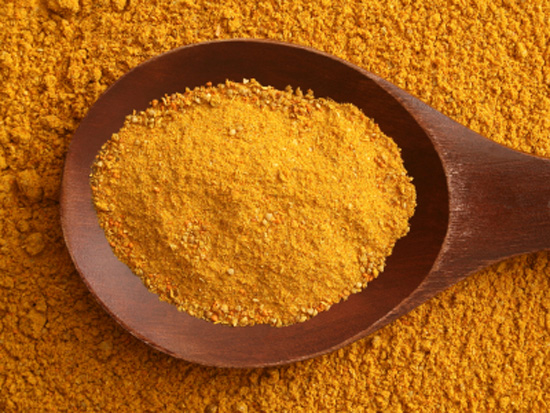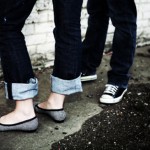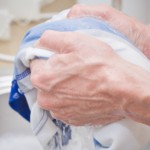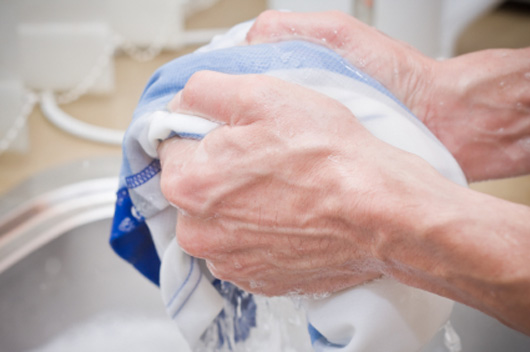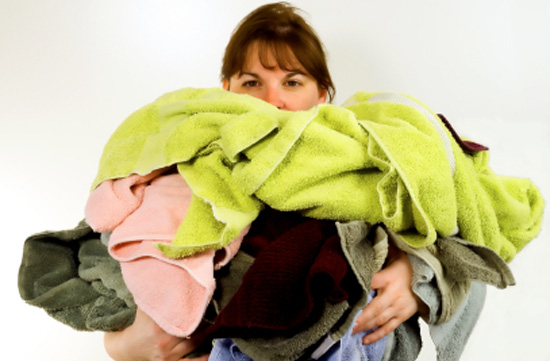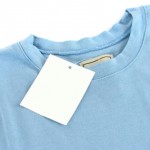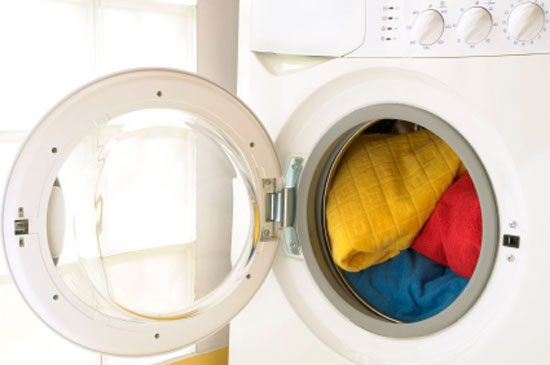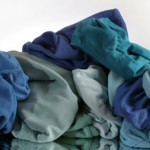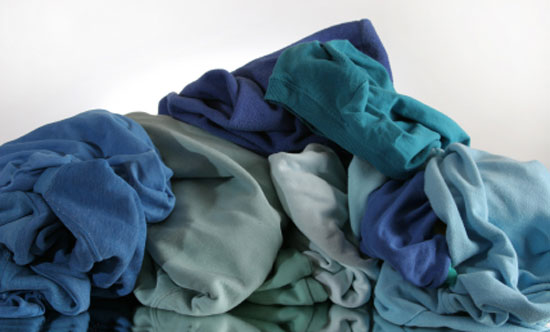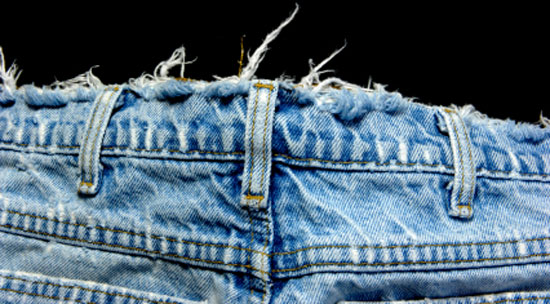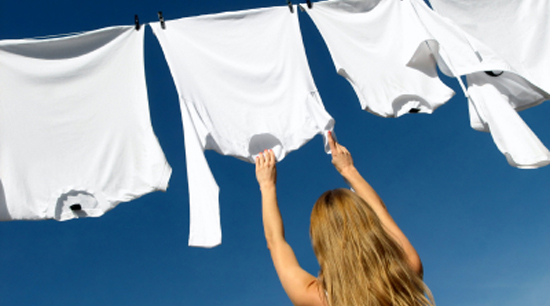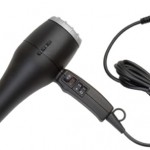
Nothing looks crisper than a properly pressed pair of pants. Nothing is more evident of a lack of attention to detail than poorly pressed pants that have multiple creases. Knowing how to iron a crease in pants is an art that is becoming increasingly lost as more and more people opt for wash and wear. If you want to appear nicely pulled together and professional, without spending a fortune on dry cleaning, you need to learn the proper way to iron a crease in pants.
The first thing you need to do is make sure you have the right tools. It is very important that you have a firm flat surface on which to do your ironing. A soft bed is not going to work well. Ironing boards are a great tool to have in your home if you plan to do any amount of ironing. If not, you can use the floor or a cleared kitchen counter top. Just be sure to pad the area with clean linen that you have pressed to ensure that no wrinkles are transferred from the padding to the clothes you are ironing.
You should also have a steam iron as a dry iron often does not give as good a finished result. Spray starch may be needed if you have fabric that is not holding its shape well or if you prefer a stiffer appearance to your clothes. The last piece of equipment you need is a pressing cloth, which is typically a fine piece of white fabric to be put between the iron and the pants to avoid scorching or discoloration of certain fabrics from the direct heat.
Before you begin actually pressing the pants, you will need to lay them properly on the ironing surface. Hold the ends of the pants together with the seams touching each other. This will create a natural crease in the middle of the front of the leg and the back of the leg. This is exactly what you want to iron. Lay the pants on the table exactly as you have lined up the seams.
Place the pressing cloth on the portion of the leg that is showing and pass your hot iron on the steam setting over the pressing cloth. Pay close attention to holding the iron down longer than usual at the crease to create a crisp line. Move the pressing cloth as needed. When the top portion is done, which is actually the exterior side of one leg, lift that leg gently and place it out of the way so you can iron the inner part of the other pants leg. Again use the pressing cloth as you go.
When you have completed that section, pick up the pair of pants and turn them over so that the unironed exterior part of the second leg is now on top. Repeat the process as you did before. You may also need to lay the pants flat to iron the waistband and pockets, but this will not affect the great crease you have created in your pants. An alternate method is to use a steamer to press your clothes in which case you can often create a crease in pants while they are hanging.
Now that you know how to iron a crease in pants, you are equipped to make your wardrobe look like it has been professionally dry cleaned, without the cost of doing so.


